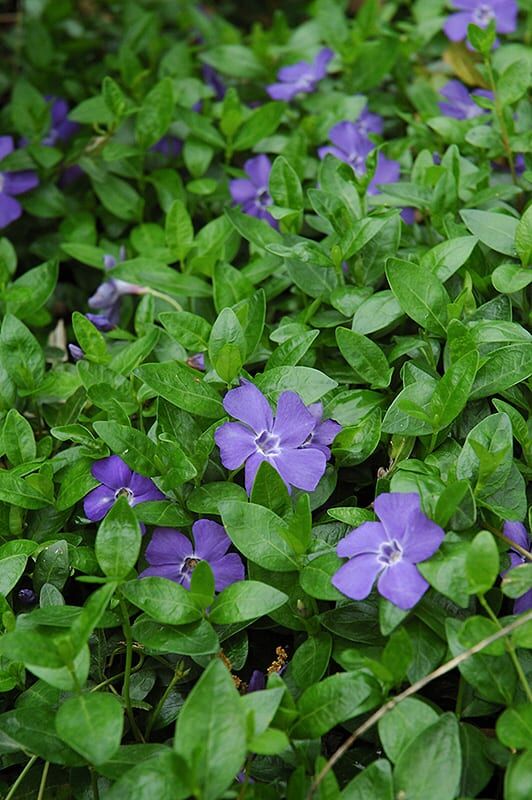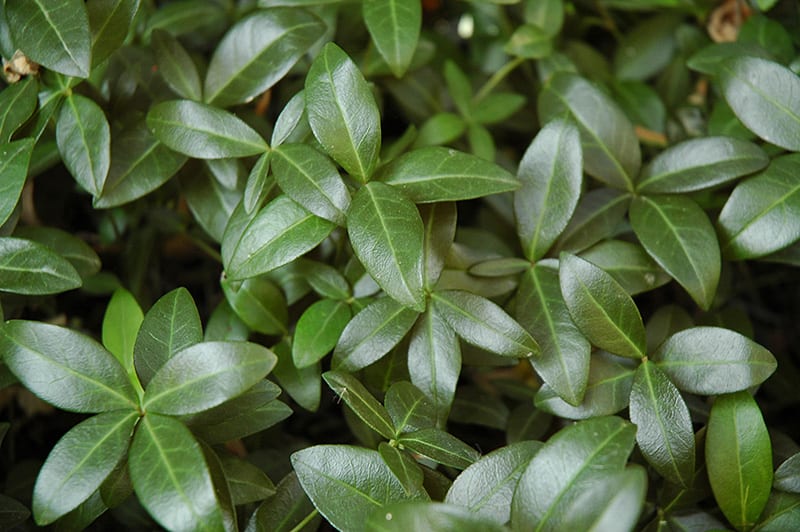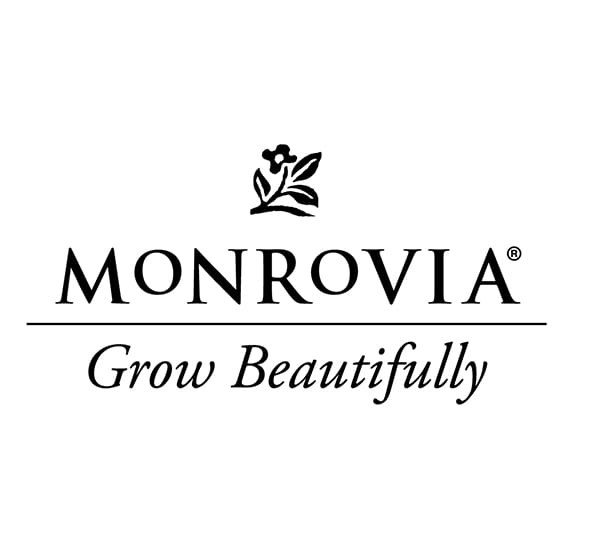Bowles Minor Periwinkle
One of the very best groundcovers for deep shade, featuring showy white flowers held over lustrous dark green evergreen foliage; does well in sun or deep shade, quickly forms a dense mat, even grows well under mature trees.
Plant Images provided by NetPS Plant Finder Tool.
Please contact your local store for product availability.
Find a garden center near you.
How to Care for Boles Minor Periwinkle
Sunlight: Periwinkle thrives in full sun. It can tolerate a wide range of light conditions.
Soil: Plant periwinkle in well-drained soil that is rich in organic matter. A pH of 6.0-7.0 is ideal.
Water: Periwinkle is drought-tolerant and can withstand periods of dryness. However, it prefers consistent moisture, especially during hot, dry weather. Avoid overwatering, as this can lead to root rot.
Fertilizer: Fertilize periwinkle in early spring with a balanced fertilizer. Avoid fertilizing late in the season, as it can encourage new growth that may not harden off before winter.
Pruning: Prune periwinkle after it has finished flowering to maintain its shape and prevent it from becoming overly dense. You can also prune it to control its spread.
Propagation: Periwinkle can be propagated by division or cuttings.
Pests and Diseases: Periwinkle is generally resistant to pests and diseases. However, keep an eye out for slugs, snails, and powdery mildew. Treat infestations promptly with appropriate methods.
Winter Hardiness: Periwinkle is hardy in most climates. However, in very cold regions, it may require protection from harsh winter conditions.
Species: minor
Other Species Names: Common Periwinkle, Creeping Myrtle
Plant Height: 6 in.
Spread: 18 in.
Evergreen: Yes
Plant Form: spreading
Summer Foliage Color: dark green
Minimum Sunlight: shade
Maximum Sunlight: full sun
Bowles Periwinkle has masses of beautiful purple flowers along the stems from mid spring to early summer, which are most effective when planted in groupings. Its small glossy oval leaves remain dark green in color throughout the year. The fruit is not ornamentally significant.
Bowles Periwinkle is an herbaceous evergreen perennial with a ground-hugging habit of growth. Its medium texture blends into the garden, but can always be balanced by a couple of finer or coarser plants for an effective composition. This is a high maintenance plant that will require regular care and upkeep, and should not require much pruning, except when necessary, such as to remove dieback. Deer don't particularly care for this plant and will usually leave it alone in favor of tastier treats. Gardeners should be aware of the following characteristic(s) that may warrant special consideration; Spreading Bowles Periwinkle is recommended for the following landscape applications; Border Edging General Garden Use Groundcover Container Planting
Bowles Periwinkle will grow to be only 6 inches tall at maturity, with a spread of 18 inches. Its foliage tends to remain low and dense right to the ground. It grows at a fast rate, and under ideal conditions can be expected to live for approximately 10 years. This plant performs well in both full sun and full shade. It prefers to grow in average to moist conditions, and shouldn't be allowed to dry out. It is not particular as to soil type or pH. It is highly tolerant of urban pollution and will even thrive in inner city environments, and will benefit from being planted in a relatively sheltered location. Consider covering it with a thick layer of mulch in winter to protect it in exposed locations or colder microclimates. This is a selected variety of a species not originally from North America. It can be propagated by division; however, as a cultivated variety, be aware that it may be subject to certain restrictions or prohibitions on propagation. Bowles Periwinkle is a fine choice for the garden, but it is also a good selection for planting in outdoor pots and containers. Because of its spreading habit of growth, it is ideally suited for use as a 'spiller' in the 'spiller-thriller-filler' container combination; plant it near the edges where it can spill gracefully over the pot. Note that when growing plants in outdoor containers and baskets, they may require more frequent waterings than they would in the yard or garden.


